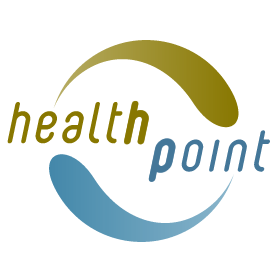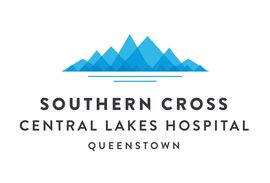Central Lakes, Dunedin - South Otago, Southland, Waitaki > Private Hospitals & Specialists >
Southern Cross Central Lakes Hospital - Orthopaedic Surgery
Private Surgical Service, Orthopaedics
Description
Located in Queenstown, Southern Cross Central Lakes Hospital provides patients in the Central Lakes region with greater access to quality elective surgery closer to home.
Southern Cross Central Lakes Hospital, is a joint venture partnership between Central Lakes Trust and Southern Cross Healthcare, whose shared purpose is to support the health and wellbeing of communities in the region.
The facility began operating in early 2022, and includes 3 operating theatres and 13 inpatient beds, each with its own ensuite facilities.
Hospital services are available to both privately and publicly funded patients to support broader access to healthcare in the region. Accident and emergency services are not offered, however the hospital will be providing planned surgery for patients who are eligible for access through ACC.
Orthopaedic surgery
Orthopaedic surgery is concerned with conditions involving the musculoskeletal system. This specialty deals with acute injuries, congenital and acquired disorders, chronic arthritis or overuse of the bones, joints and their associated tissues, ligaments, nerves and muscles.
Common procedures undertaken by orthopaedic surgeons are:
- Arthroscopies (diagnosing and treating joint problems)
- Surgery on hands and wrists
- Carpal tunnel surgery
Consultants
-

Mr Paul Eaton
Orthopaedic Surgeon
-

Ms Emma-Kate Lacey
Orthopaedic Surgeon
-
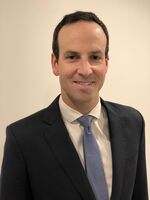
Dr Louis LeBlond
Orthopaedic Surgeon
-

Mr Hamish Love
Orthopaedic Surgeon
-
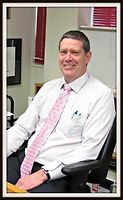
Mr Tim Love
Orthopaedic Surgeon
-
Mr Pierre Navarre
Orthopaedic Surgeon
-
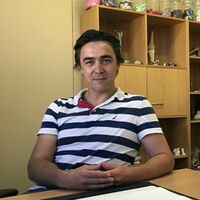
Dr Chris Phoon
Orthopaedic Surgeon
-
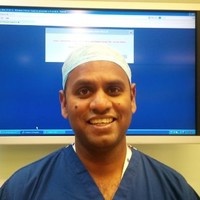
Mr Amir Sandiford
Orthopaedic Surgeon
-

Mr Bruce Twaddle
Orthopaedic Surgeon
Procedures / Treatments
Two or three small incisions (cuts) are made in the ankle and a small telescopic instrument with a tiny camera attached (arthroscope) is inserted. This allows the surgeon to look inside the joint, identify problems and, in some cases, operate. Tiny instruments can be passed through the arthroscope to remove bony spurs, damaged cartilage or inflamed tissue.
Two or three small incisions (cuts) are made in the ankle and a small telescopic instrument with a tiny camera attached (arthroscope) is inserted. This allows the surgeon to look inside the joint, identify problems and, in some cases, operate. Tiny instruments can be passed through the arthroscope to remove bony spurs, damaged cartilage or inflamed tissue.
Surgery to relieve carpal tunnel syndrome involves making an incision (cut) from the middle of the palm of your hand to your wrist. Tissue that is pressing on the nerve is then cut to release the pressure.
Surgery to relieve carpal tunnel syndrome involves making an incision (cut) from the middle of the palm of your hand to your wrist. Tissue that is pressing on the nerve is then cut to release the pressure.
Small incisions (cuts) are made in the hip area and a small telescopic instrument with a tiny camera attached (arthroscope) is inserted. This allows the surgeon to look inside the joint, identify problems and, in some cases, operate. Tiny instruments can be passed through the arthroscope to remove loose, damaged or inflamed tissue.
Small incisions (cuts) are made in the hip area and a small telescopic instrument with a tiny camera attached (arthroscope) is inserted. This allows the surgeon to look inside the joint, identify problems and, in some cases, operate. Tiny instruments can be passed through the arthroscope to remove loose, damaged or inflamed tissue.
Several small incisions (cuts) are made on the knee through which is inserted a small telescopic instrument with a tiny camera attached (arthroscope). This allows the surgeon to look inside the joint, identify problems and, in some cases, make repairs to damaged tissue.
Several small incisions (cuts) are made on the knee through which is inserted a small telescopic instrument with a tiny camera attached (arthroscope). This allows the surgeon to look inside the joint, identify problems and, in some cases, make repairs to damaged tissue.
Several small incisions (cuts) are made in the shoulder through which is inserted a small telescopic instrument with a tiny camera attached (arthroscope). The surgeon is then able to remove any bony spurs or inflamed tissue and mend torn tendons of the rotator cuff group.
Several small incisions (cuts) are made in the shoulder through which is inserted a small telescopic instrument with a tiny camera attached (arthroscope). The surgeon is then able to remove any bony spurs or inflamed tissue and mend torn tendons of the rotator cuff group.
This surgery involves making several small incisions (cuts) on the shoulder through which is inserted a small telescopic instrument with a tiny camera attached (arthroscope). This allows the surgeon to look inside the shoulder, identify problems and, in some cases, make repairs to damaged tissue.
This surgery involves making several small incisions (cuts) on the shoulder through which is inserted a small telescopic instrument with a tiny camera attached (arthroscope). This allows the surgeon to look inside the shoulder, identify problems and, in some cases, make repairs to damaged tissue.
Disability Assistance
Wheelchair access
Visiting Hours
Between 8.00am-8.00pm
Contact Details
Southern Cross Central Lakes Hospital
Central Lakes
-
Phone
(03) 746 7460
Email
Website
7 Twelfth Avenue
Shotover Country
Queenstown
Otago 9304
Street Address
7 Twelfth Avenue
Shotover Country
Queenstown
Otago 9304
Postal Address
PO Box 191
Queenstown 9348
Was this page helpful?
This page was last updated at 3:20PM on May 13, 2024. This information is reviewed and edited by Southern Cross Central Lakes Hospital - Orthopaedic Surgery.
